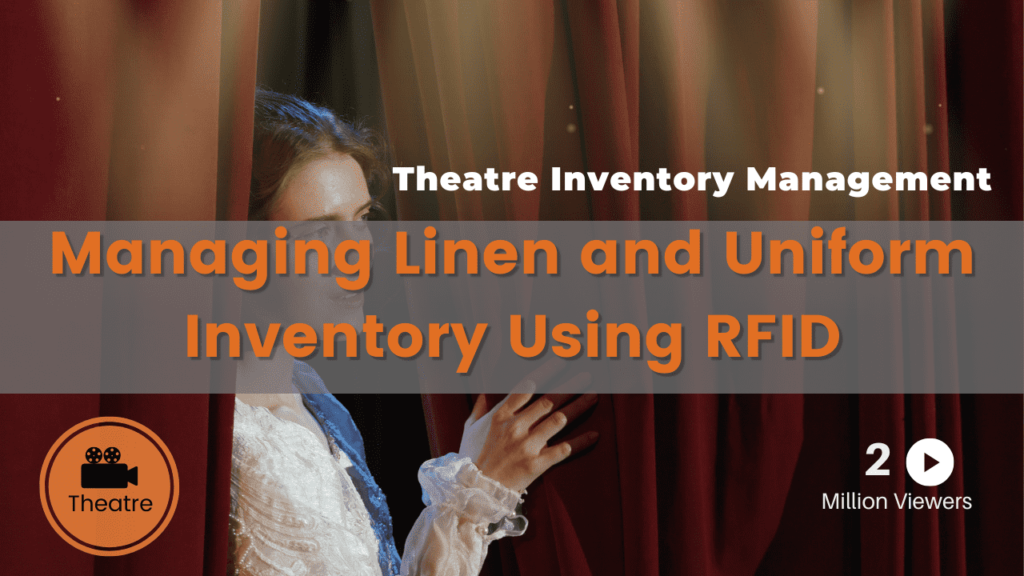Managing Linen and Uniform Inventory Using RFID

Managing Linen and Uniform Inventory Using RFID In today’s society, with the rapid development of technology, industries are exploring how to improve work efficiency and accuracy through technological means. A common challenge faced by hotels, hospitals, the military, fire departments, factories, and professional laundry companies is how to effectively manage thousands of work clothes and linens. These management tasks include handover, washing, ironing, sorting, and storage. Especially in tracking the washing process of each piece of linen, the number of washes, inventory status, and effective classification, there are huge challenges. Traditional laundry management methods have several problems: The manual registration of laundry tasks is complex, difficult to query, and inefficient. Due to concerns about cross-infection, some unwashed linen cannot be counted, which can easily lead to disputes about mismatched numbers. It’s impossible to accurately monitor each link in t
